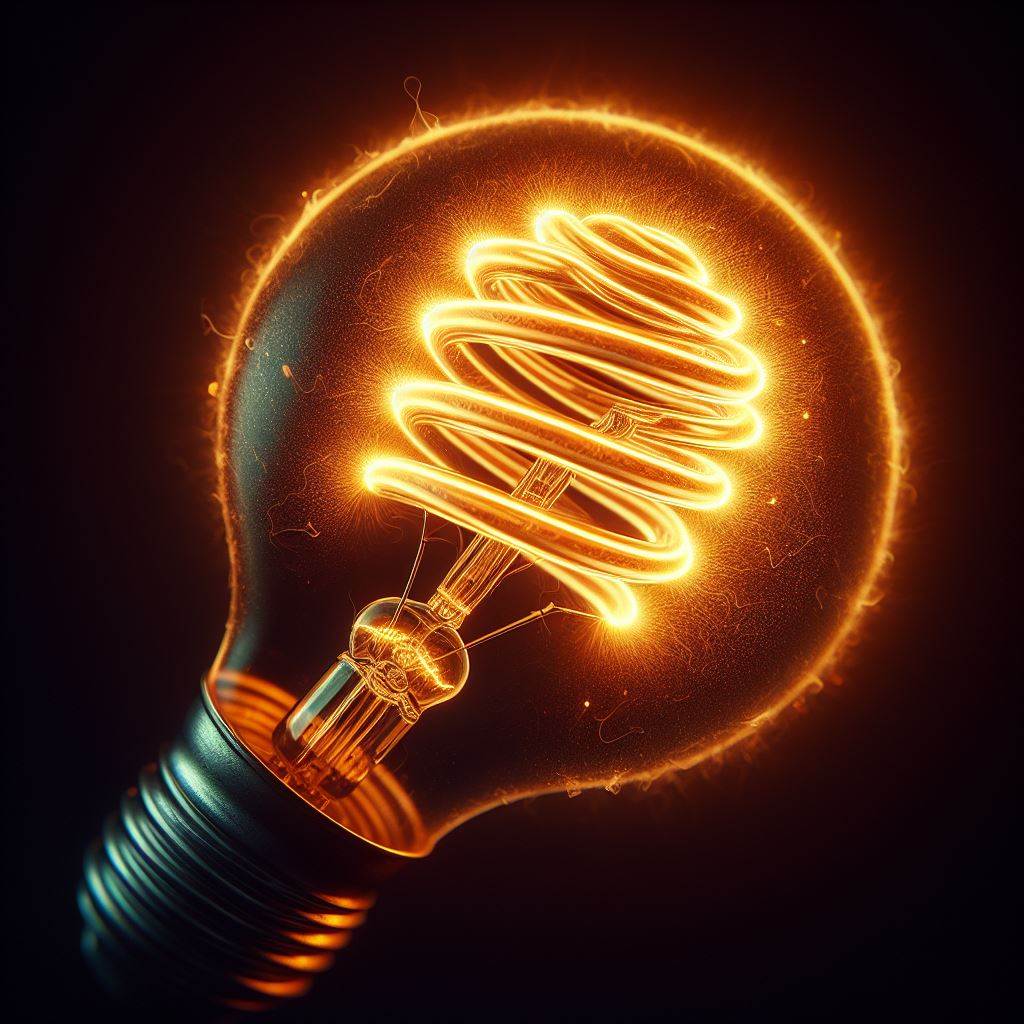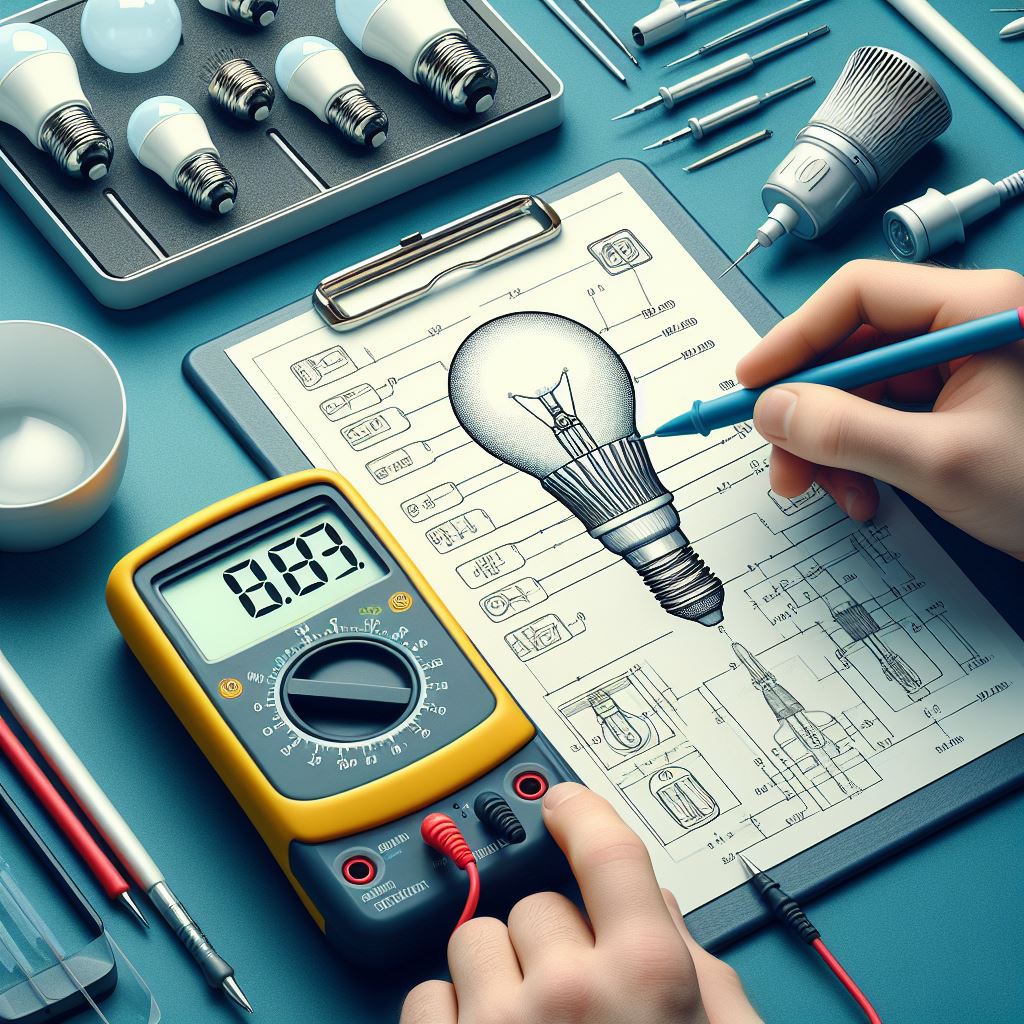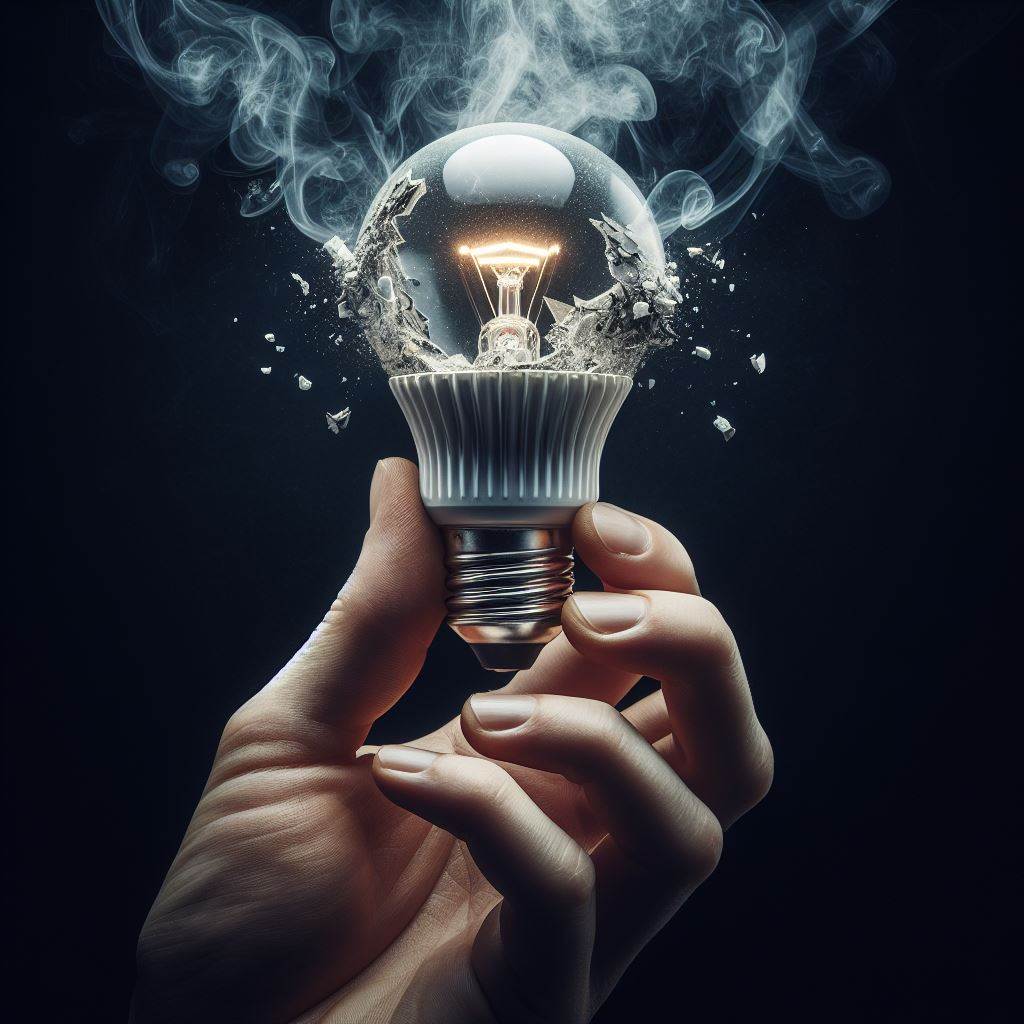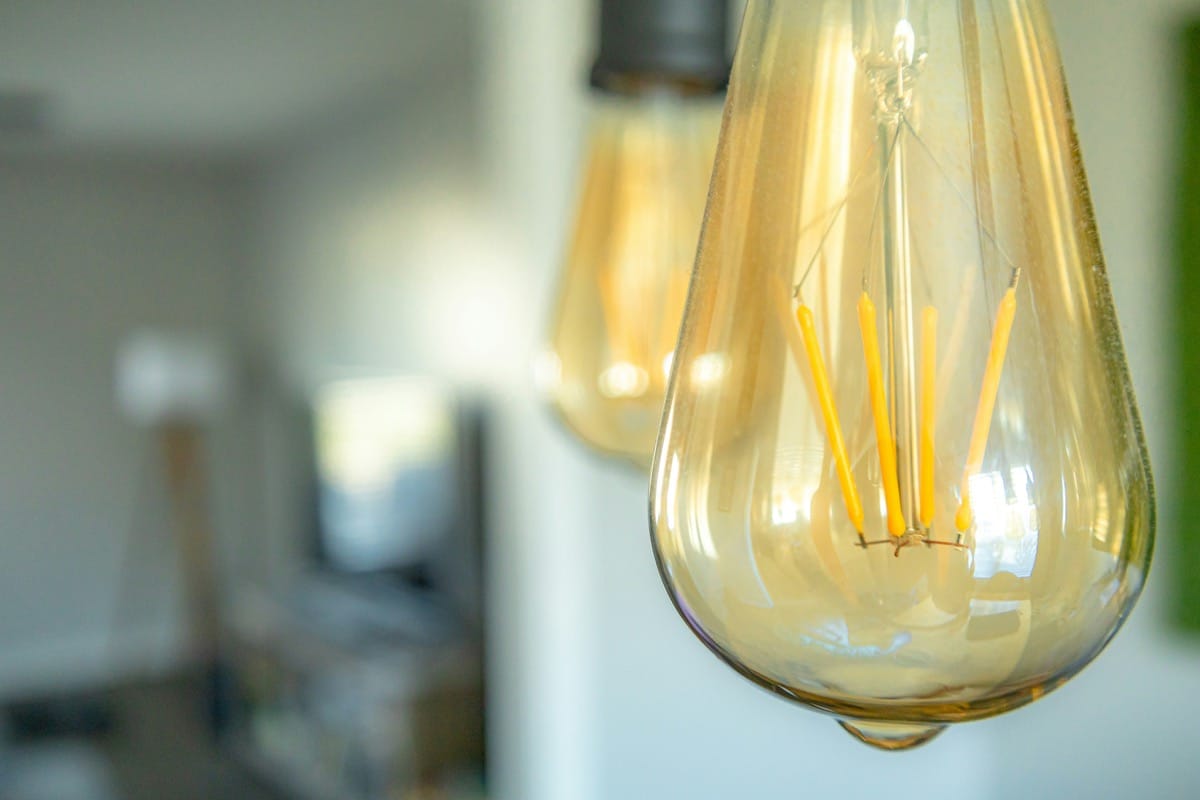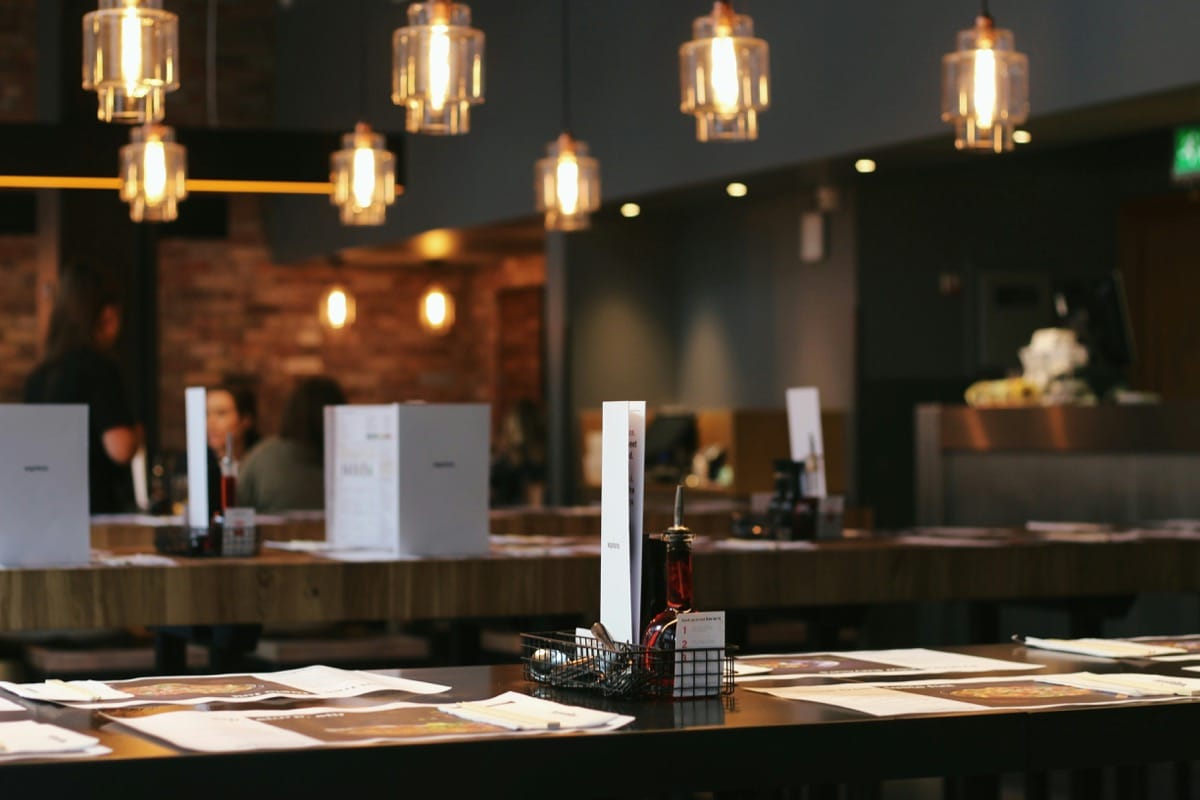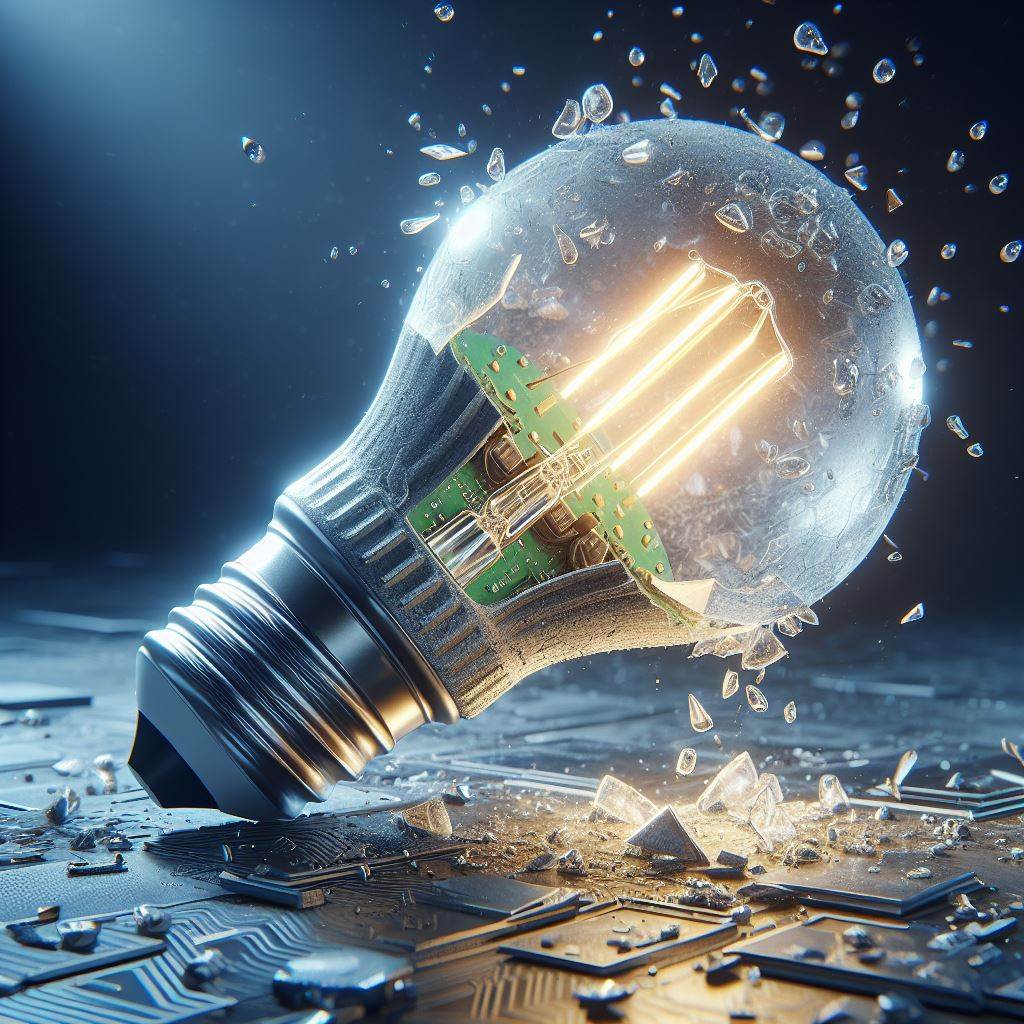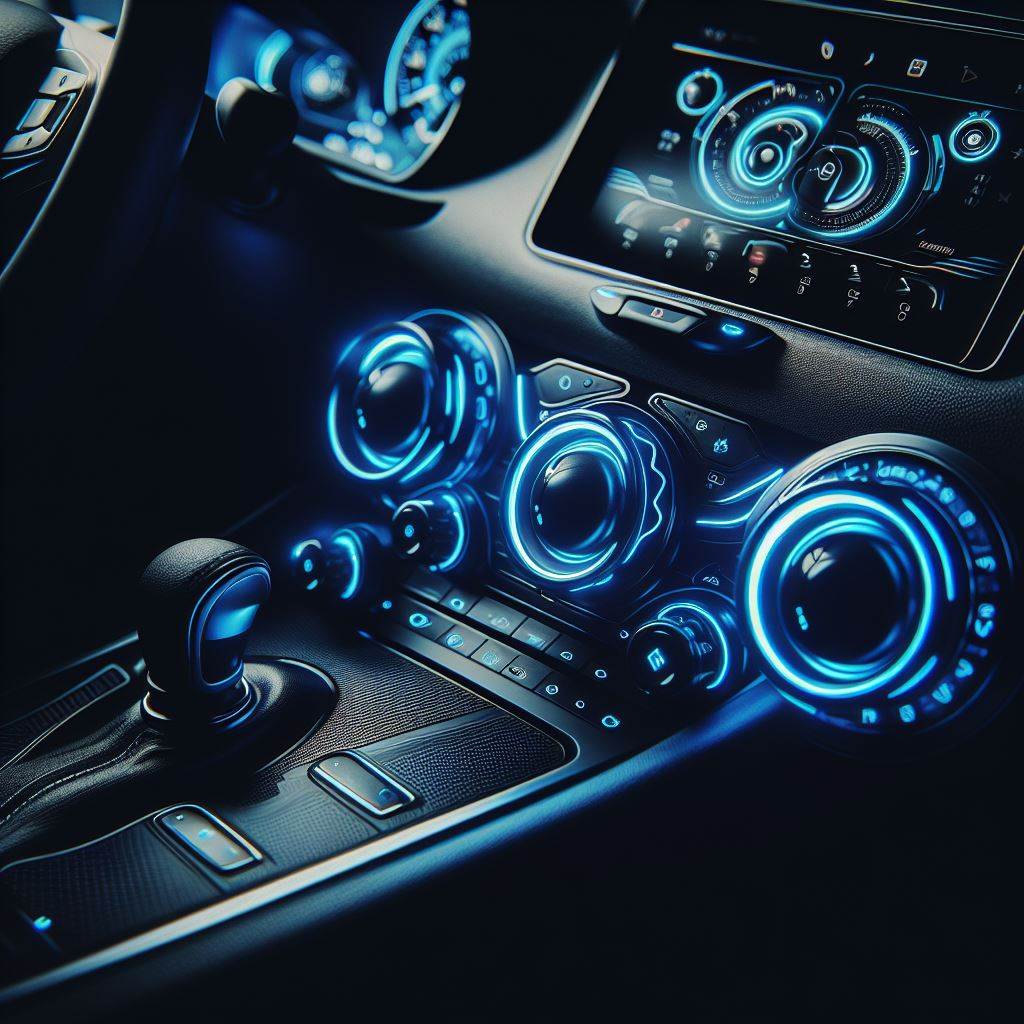As an expert in lighting technology, I am often asked why LED bulbs get hot. This seemingly contradictory phenomenon may puzzle many, considering LEDs are heralded for their energy efficiency and cool operation. In our exploration today, we delve into the potential causes behind why LED bulbs, renowned for their low heat emission, can indeed generate heat.
While LED bulbs are known for producing less heat compared to traditional incandescent bulbs, it is essential to understand that they are not entirely immune to generating warmth. Factors such as poor thermal management, high ambient temperatures, and certain design characteristics can all contribute to the heating of LED bulbs, affecting their performance and longevity.
Join us on this enlightening journey as we unravel the mysteries surrounding why LED bulbs get hot and gain a deeper understanding of the intricate workings of these innovative light sources.
Understanding the Basics of LED Bulbs
LED bulbs have been revolutionizing the lighting industry due to their energy efficiency, longevity, and eco-friendliness. But have you ever wondered why LED bulbs get hot? Let’s delve into the science behind this phenomenon.
Factors Influencing LED Bulb Heat Generation
The main reasons why LED bulbs generate heat are:
– The conversion of electricity into light and heat
– Inadequate heat dissipation mechanisms
The Role of Heat Sinks in LED Bulbs
Heat sinks, usually made of aluminum or copper, help dissipate the heat produced by LEDs. They work by transferring the heat away from the LED components, preventing overheating and ensuring optimal performance.
Quality of LED Bulbs and Heat Emission
Poorly manufactured LED bulbs may have inadequate heat sinks or inferior materials, leading to higher heat emission. Opting for high-quality LED bulbs can improve heat dissipation and prolong the lifespan of the bulb.
Comparing LED Bulb Heat Generation to Traditional Bulbs
When compared to traditional incandescent bulbs, LED bulbs produce less heat. This is because LEDs are more energy-efficient, converting a higher percentage of electricity into light rather than heat.

Factors Influencing LED Bulb Heat Generation
And there you are, basking in the glow of your newly switched-on LED bulbs. But wait, why do these LED bulbs get hot to the touch? Let’s delve a bit deeper into the reasons behind this phenomenon.
Nature of LED Technology
LED bulbs act as semiconductors converting electricity into light, but like any electrical device, they also generate heat.
Design and Quality
The construction of LED bulbs can impact their heat generation. Higher quality bulbs often come with improved designs that help dissipate heat more efficiently.
Heat Dissipation Mechanisms
Some LED bulbs feature heat sinks to draw heat away from the components and towards the surrounding environment. This process helps in preventing overheating.
Additionally, the surrounding ambience and temperature can also influence how much heat an LED bulb might generate.
So, next time you marvel at the brilliance of your LED lighting, remember the intricate dance between light and heat that powers these innovative bulbs!
The Role of Heat Sinks in LED Bulbs
LED bulbs are known for their energy efficiency and long lifespan, but have you ever wondered why LED bulbs get hot? It’s crucial to understand the role of heat sinks in LED bulbs in managing this heat effectively.
What are Heat Sinks?
Heat sinks are passive cooling devices that help dissipate the heat generated by LED bulbs. They work by absorbing the heat and then transferring it away from the LED components, ensuring that the bulb operates at an optimal temperature.
How Do Heat Sinks Work in LED Bulbs?
Here’s how heat sinks play a vital role in keeping LED bulbs cool:
- Heat sinks increase the surface area for heat dissipation, allowing the heat to spread out and be released more efficiently.
- They conduct heat away from the LED components, preventing overheating and ensuring the longevity of the bulb.
- By maintaining a stable temperature, heat sinks help improve the overall performance and brightness of the LED bulb.
Why is Proper Heat Dissipation Important?
Proper heat dissipation in LED bulbs is crucial for several reasons:
- Excessive heat can degrade the LED components and reduce the lifespan of the bulb.
- High temperatures can affect the color rendering and efficiency of the LED bulb.
- Efficient heat dissipation ensures safe operation and reduces the risk of overheating.
So, the next time you notice that your LED bulb is warm to the touch, remember that it’s all thanks to the heat sink working hard to keep it cool and shining bright!
Quality of LED Bulbs and Heat Emission
When it comes to LED bulbs getting hot, the quality of the bulb plays a crucial role in determining how much heat it produces. Let’s dive into why LED bulbs get hot and how the quality of the bulb affects heat emission.
The Importance of Quality in LED Bulbs
LED bulbs of higher quality tend to have better heat dissipation mechanisms, which can significantly reduce heat emission. On the other hand, lower-quality LED bulbs may struggle to dissipate heat efficiently, leading to increased temperatures.
Factors Affecting Heat Emission in LED Bulbs
Several factors can influence the heat generation of LED bulbs. These include the design of the bulb, the quality of materials used, and the effectiveness of the heat sink integrated into the bulb.
The Role of the Heat Sink: A high-quality heat sink can effectively dissipate heat, preventing the LED bulb from getting too hot. In contrast, a poor-quality heat sink may result in the bulb emitting more heat.
Comparing LED Bulbs to Traditional Bulbs
When comparing LED bulbs to traditional incandescent bulbs, LEDs are more energy-efficient but still emit heat. While incandescent bulbs release heat as infrared radiation, LED bulbs primarily produce heat at the rear of the semiconductor chip.
Overall, the quality of LED bulbs and the effectiveness of their heat dissipation mechanisms are crucial in determining heat emission. Investing in high-quality LED bulbs can help reduce the heat generated and prolong the bulb’s lifespan.
Comparing LED Bulb Heat Generation to Traditional Bulbs
Have you ever wondered why LED bulbs get hot while still being known for their energy efficiency and cool illumination? Let’s delve into a comparison between LED bulb heat generation and traditional lighting options to shed some light on this intriguing topic.
Energy Efficiency:
LED bulbs are renowned for their energy efficiency, converting nearly all the energy they consume into light. On the other hand, traditional incandescent bulbs waste a significant portion of energy as heat.
Heat Production:
Despite their energy efficiency, LED bulbs still produce some heat due to the mechanisms involved in generating light. In comparison, incandescent bulbs emit a significant amount of heat as a byproduct of their operation.
Have you noticed that you can easily touch an LED bulb even after prolonged use without burning yourself, unlike traditional incandescent bulbs that become scorching hot to the touch?
Heat Dissipation:
LED bulbs require effective heat dissipation mechanisms to ensure optimal performance and longevity. This is typically achieved through heat sinks, which help transfer heat away from the LED components to keep the bulb operating within safe temperatures.
- Heat Sinks in LED bulbs are essential for maintaining performance and durability.
- Modern advancements have resulted in more efficient heat sink designs for enhanced thermal management.
Environmental Impact:
The reduced heat production of LED bulbs not only contributes to energy savings but also has a positive environmental impact. Compared to incandescent bulbs, LEDs help reduce cooling costs in indoor spaces because they do not emit as much heat, thereby decreasing the load on air conditioning systems.
Next time you notice your LED bulbs getting hot, remember that this heat is a byproduct of their energy-efficient operation, and with proper heat dissipation mechanisms in place, you can enjoy the benefits of LED lighting without any safety concerns.
Conclusion
After exploring the potential causes of why LED bulbs get hot, it is clear that despite their energy efficiency and long lifespan, they still generate some heat due to factors such as internal resistance and inefficient heat dissipation mechanisms. Understanding these reasons can help us make informed decisions when choosing and installing LED lighting in our homes and businesses.
While it is normal for LED bulbs to emit some heat during operation, it is essential to ensure proper ventilation and spacing to prevent overheating and potential damage. By selecting high-quality LED bulbs and fixtures, as well as following proper installation guidelines, we can enjoy the benefits of energy-efficient lighting while minimizing the risk of heat-related issues.
By staying informed and taking simple precautions, we can continue to embrace the transition to LED lighting technology with confidence, knowing that we are making environmentally friendly and cost-effective choices for our lighting needs.
Frequently Asked Questions (FAQs)
Why do LED bulbs get hot?
LED bulbs can get hot due to the heat sink at the base of the bulb, where excess heat is absorbed and dissipated to ensure the longevity and efficiency of the bulb.
Are hot LED bulbs a cause for concern?
A little warmth from LED bulbs is normal. However, excessive heat could indicate an issue with the bulb or its installation, warranting attention.
Can the heat from LED bulbs be harmful?
The heat generated by LED bulbs is typically low and safe for normal use. However, touching a hot LED bulb directly can cause discomfort.
Do all LED bulbs get hot?
While all electronic components generate some heat, high-quality LED bulbs are designed to manage and dissipate heat efficiently, resulting in minimal heat output.
Is it normal for LED bulbs to produce heat?
Yes, it is normal for LED bulbs to produce a certain amount of heat during operation. This is due to the conversion of electrical energy into light, which generates some heat as a byproduct.
How can I reduce the heat output of LED bulbs?
To reduce the heat emitted by LED bulbs, you can ensure proper ventilation around the bulb, avoid using high wattage bulbs in enclosed fixtures, and opt for LED bulbs with efficient heat sinks.

